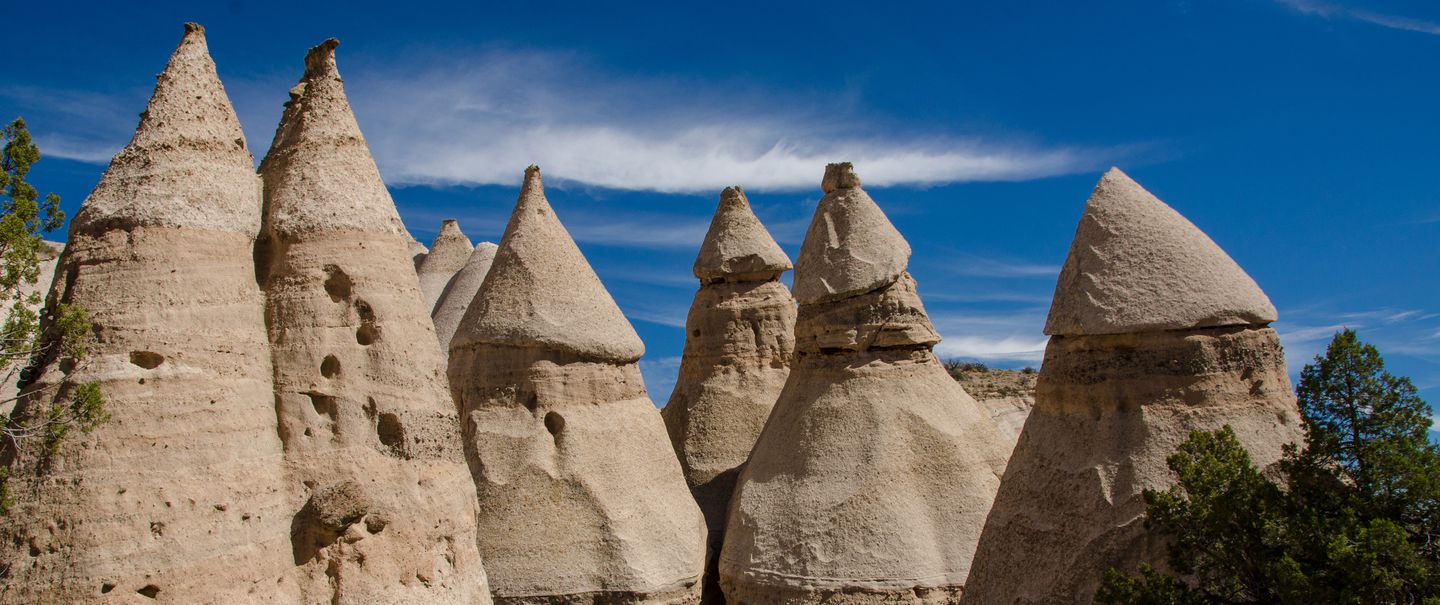A Monumental Decision
If you've ticked off every destination on your national parks bucket list, then this list is for you: 32 national monuments across the U.S. that showcase the nation's history, wildlife, and stunning natural wonders. And another is soon to be named. President Biden plans to add Camp Hale, a World War II training site near the Continental Divide in Colorado, as a national monument. From the city to the mountains to historic sites like Pearl Harbor, you won't regret visiting any of these must-see national monuments.
Related: The Best State Park in Every State









































